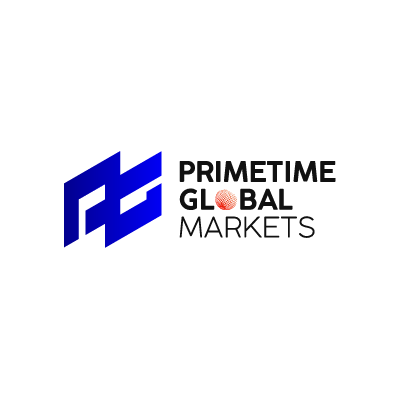As we step into 2024, forex traders are increasingly focusing on optimizing their trading costs. One crucial aspect is understanding the spread offered by different brokers, especially those associated with PGM (Prime Global Markets). The spread is the difference between the buy and sell price of a currency pair, and it directly affects your trading expenses. This guide aims to clarify how PGM forex spreads compare to industry averages and what you need to consider when choosing a broker.
The Basics of Forex Spreads
Forex spreads can vary significantly among brokers due to several factors, including the type of account, execution model, and market conditions. For instance, some brokers offer variable spreads that adjust based on market volatility, while others provide fixed spreads regardless of market fluctuations. Traders often prefer fixed spreads during volatile periods as they offer more predictability.
Comparing PGM Spreads to Industry Averages
PGM forex brokers are known for competitive pricing, which is a major draw for cost-conscious traders. When comparing these spreads to industry averages, it's essential to look at both the average spread across major currency pairs and the overall trading environment. Major pairs like EUR/USD typically have tighter spreads compared to minor or exotic pairs. Understanding where PGM stands in this spectrum helps traders decide if their offerings align with their trading style and goals.
Factors Influencing Spread Variations
Several elements influence why spreads may differ between brokers. These include the broker’s liquidity providers, technology infrastructure, and whether they operate under a dealing desk or an electronic communication network (ECN) model. Additionally, regulatory requirements can impact spread sizes. Traders should evaluate these factors to ensure they choose a broker whose operations match their trading needs.
Implications for Traders
Choosing a broker with favorable spreads is just one part of successful forex trading. Traders must also consider other aspects such as customer support, platform tools, and execution speed. While narrower spreads can reduce trading costs, they don’t guarantee profitability. Therefore, it’s vital to conduct thorough research and possibly try demo accounts before committing to any broker.
Final Thoughts
In conclusion, staying informed about PGM forex spreads versus industry averages empowers traders to make more educated decisions. By understanding the nuances of spread variations and their implications, traders can better tailor their strategies to meet their financial objectives. Remember, no single factor guarantees success in forex trading—balancing cost efficiency with other critical elements is key.













